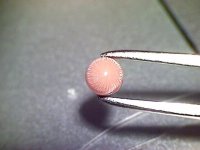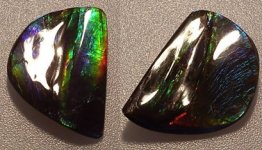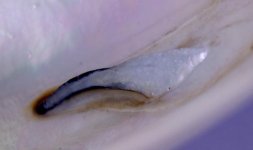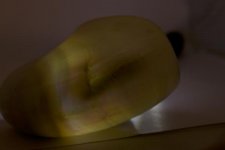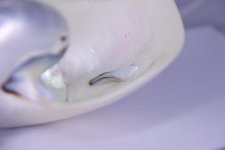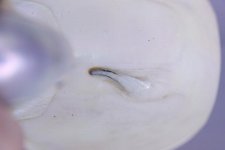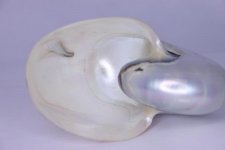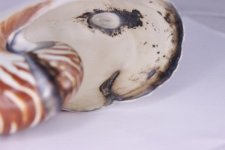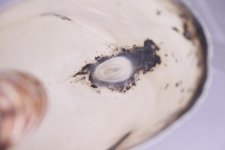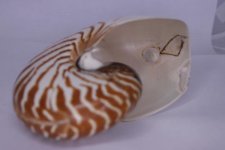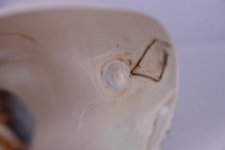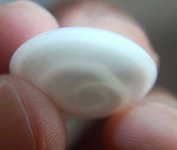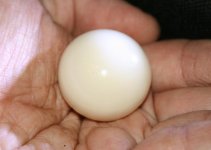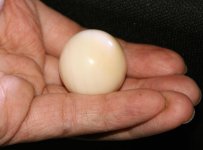I have cross replied to this thread;
Tom Stern's natural pearls. as not to derail it.
The Nautilus dilemma remains acute. While GIA might defend its certificates based on known anomalies in other nacreous mollusks such as Pinctada, practically every putative Nautilus pearl in history has been of the non-nacreous variety. Very difficult to explain, although heaven knows I have tried to find the answer.
Indeed the dilemma is acute. Clearly empirical data on the topic does not exist, but in the absence of it, conjecture is all we have.
Nautilus shells are structured with hexagonal columnar aragonite, hence it stands to reason nautilus pearls could better described as "columnar". Source:
Crystal Habit
Without trying to be pedantic, the term non-nacreous is too vague, especially for our purposes. A brick, a dog or a peanut butter sandwich are non-nacreous objects yet have little or nothing to do with crystalline structures. The term is a disambiguation perpetuated by the cultured pearl industry to apply to any pearl apart from "terraced" aragonite structures. Even in the most calcitic of pearls, I very often find them enclosed in nacreous linings.
We know woefully little about nautilus habits. For example, no one has described reproductive behavior much beyond the spadix and fecundity (copulation and fertility rate). It's known nautilus reproduce annually once they reach maturity at an average of six to eight years of age. They produce only about a dozen eggs each time as observed in captured animals. They do not replicate nesting behavior while in captivity, even following maximum gestation. No human has ever observed the active laying and tending of a nest, nor has the period of time been established. Some speculate only a few weeks, while others suggest upwards of nine months. Either way, it's astounding that a sea creature which only produces a hundred eggs in it's lifetime has not gone extinct. Most other fish produce eggs by the thousands and shellfish by the millions. To me, it's seems probable a highly toxic element is involved to defend the nest from predators.
Nautilus are the longest living cephalopod. Fifteen years at most. Octopus dofleni live five to six years and giant squids only five hundred days. Couple that with the fact nautilus are largely pelagic (swimming), abyssal (deep) and scarcely epibenthic (near the bottom), the rate of occurrence of pearl anomalies are astoundingly low. While we have observed blisters from shell damage or misplaced septums, the incidence of free pearls remains an elusive endeavor. With that, I can only suggest our best bet for finding pearls from shelled cephalopods lay with fossils.
We have ammonite mines on Vancouver Island. I really need to set up an expedition sometime in the future. I am aware of holes found in some specimens, but were difficult ascertain as to their cause. In the absence of growth fronts, I can only assume they occurred post mortem. I'll revisit that paper for clarity on the issue.
As always Steve, I'm looking forward to seeing continued reports.

